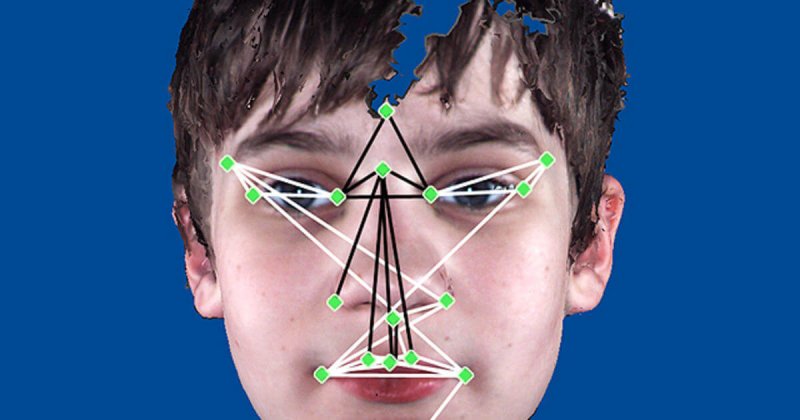In a new study, scientists are using high-tech 3D facial scans to understand the genetic causes of Autism better. Using sophisticated machine learning techniques, they analyzed 5000 points on faces to measure facial asymmetry in parents of children with the autism spectrum.
Along with genetic factors, environmental factors, such as hormones or maternal health, could also influence the development of the condition.
Scientists compared the facial asymmetry of 192 parents of autistic children to 163 adults with no known history of Autism.
ECU School of Science Research Fellow Dr. Syed Zulqarnian Gilani said, “These findings suggest there could be a link between the genes which affect the likelihood of an individual having greater facial asymmetry and Autism. By using these cutting-edge 3D scans of faces combined with machine learning techniques, we can distinguish between thousands of subtle differences in faces to determine an overall facial asymmetry score.”
“When we compared those scores, we saw that faces of parents of autistic children were more likely to have higher asymmetry compared to other adults.”































